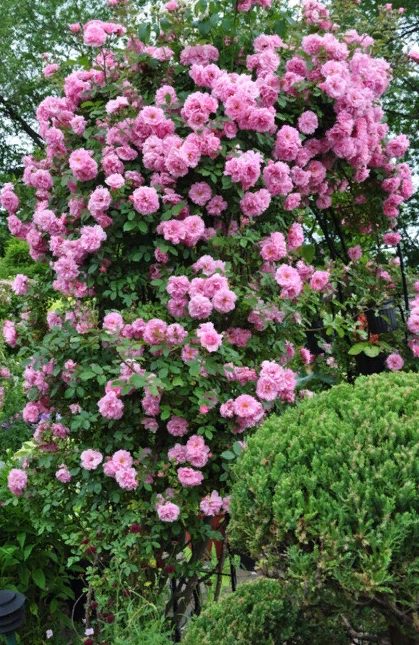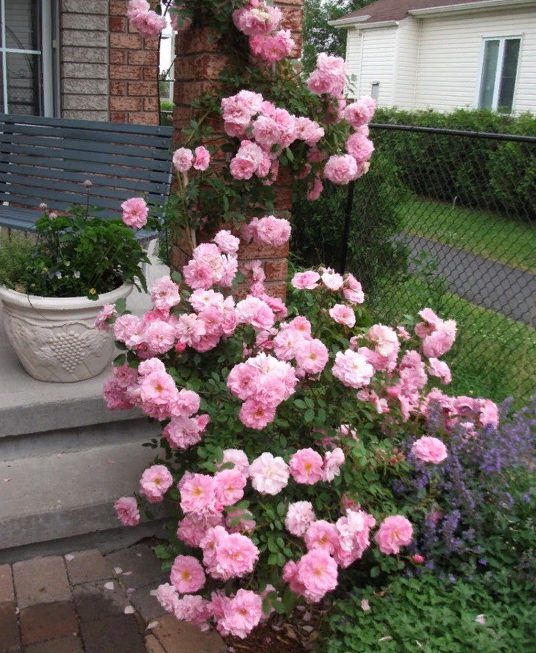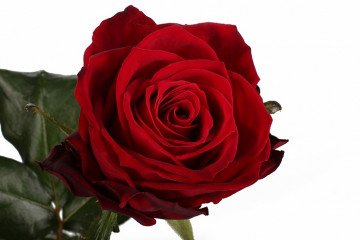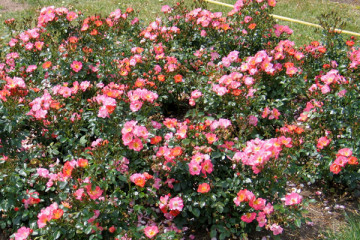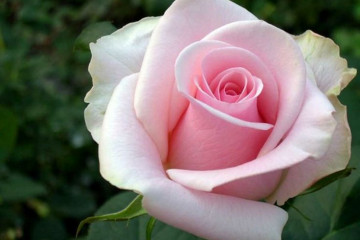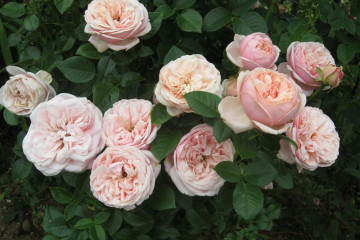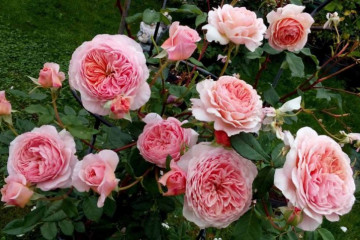Rose John Davis
Content:
Rose John Davis (John Davis) is a variety of Canadian park frost-resistant roses, bred by selection, does not require insulation during the winter period. The main advantage of this variety is the restoration of frozen buds in the spring. The variety appeared as a result of the works of the specialists-florists of the Svejda company from Canada in the 70-80s of the twentieth century, a kind of hybrid of wild rose and Rugosa rose.
Brief description and characteristics
In many books, the rose is described as a shrub used for landscaping gardens, parks, low fences, etc. Possessing long and flexible shoots, it grows up to 2 meters in height and up to 2.5 meters in width. The branches of the plant have a moderate number of thorns, small glossy leaves of bright green color. Over time, growing back, the shoots fall to the ground.
Flowering is especially plentiful in the first half of summer, after it is moderate, the bush continues to bloom until the cold weather. Basically, one cluster contains from 10 to 15 flowers of a pale pink color with golden stamens in the core. When fully open, the flower is flat.
Advantages and disadvantages
Main advantages:
- winter hardiness;
- disease resistance;
- blooms earlier than other roses;
- perennial;
- it is distinguished by abundant and lush flowering;
- not afraid of sunlight;
- ideal for decorating fences and fences.
Main disadvantages:
- grows poorly in the shade;
- capricious when planting (loves fertile soils);
- water the plant often and abundantly.
Use in landscape design. This variety, the John Davis rose, is excellent in combination with other rose hybrids. For a better visual effect, the plant should be placed in groups of several bushes against the background of a green lawn or coniferous trees and shrubs, in a sunny area. Does not harm the "neighbors" in the front garden, gets along well with irises, geraniums, lavender, carnations. The rose garden should be a central figure surrounded by other less lush varieties of roses. Ideal for decorating hedges, fences, gardens, gazebos.
Growing a flower and planting it
Planting recommendations:
- a rose is planted with pre-prepared seedlings;
- it is necessary to plant a plant in the spring;
- a place for planting should be chosen sunny with good air circulation, thus, protecting it from pests;
- before planting, the soil should be treated with mineral and organic fertilizers.
Step-by-step procedure for planting a rose John Davis
Step-by-step instructions for planting a rose:
- You need to choose a suitable sunny location with light and loose soil.
- Make a depression about 60-70 centimeters in the ground.
- Add special fertilizers to the hole in advance.
- To prevent moisture stagnation, a small layer of drainage material must be placed on the bottom of the pit.
- Covering the seedling with earth, you need to leave the root collar 3-4 centimeters below the soil level.
- Finally, water the planted plant with a moderate amount of water.
Plant care
Watering rules and humidity. Since the plant is located on the sunny side, it needs timely abundant watering, especially during the dry summer period. Water the bush with soft, slightly warm water up to 3 times a week.
Top dressing and soil quality. Rose John Davis is very willing to take fertilizers in the form of top dressing. To stimulate the growth of the green mass of the shrub, it is necessary to feed it with organic fertilizers in early spring. Superphosphate is applied under a perennial during the period of bud development. A couple of weeks after flowering, fertilizing is carried out with mineral fertilizers.
Pruning and replanting
Another important point: in the first year of planting, it is recommended not to let the rose bloom by cutting off the buds, for its more luxuriant flowering next year and to prepare for the first wintering. You can leave a couple of inflorescences in the last month of flowering.
It is possible to transplant Davis in the spring, before the buds appear. Having dug out a bush and dividing it into parts with pruning shears, you can plant a shrub. If there is no desire to plant a rose, or the bush is too small for this, you just need to remove the branches and roots that have deteriorated during the winter and plant it again in the ground.
Blooming rose
A period of activity and rest. The rose bush begins to bloom a little earlier than its relatives, from the beginning of the first month of summer until the end of August. In August, the flowering is no longer so abundant, but the buds on the branches become larger, pale pink, with a beige tint, until October.
Care during and after flowering
There are recommendations for plant care:
- abundant watering is the main care during the flowering period, in dry weather, about three times a week, filling the soil up to half a meter deep. The ideal time for watering is evening, the water penetrates deep into the ground without evaporating;
- several times a season it is worth spraying the plant with special solutions containing an insecticide and fungicide. Such a procedure will protect the rose bush from harmful annoying insects and prevent the appearance of fungal diseases.
What to do if it does not bloom
A rose may not bloom for several reasons:
- the main reason for poor flowering John Davis may be a poor quality seedling purchased. Such specimens grow slowly during the first years and bloom sparsely;
- in the first year of planting, the bush stays in growth, if you do not remove the flowers from it, which slow down its development;
- although the variety is unpretentious, it can hurt. You need to carefully examine it, clean it and treat it with special solutions (for example, potassium monophosphate), which can be purchased at a gardening store or on the market;
- abundant flowering occurs in the first two months, with the onset of cooler weather, it dies down a little. Quite possibly, it just got cold.
Flower propagation
Cuttings are the most common breeding method for this variety. Cuttings are taken from an adult plant in July, having prepared a greenhouse for them in advance with fresh manure and fertile soil. Having placed the cuttings in the soil about 2-3 centimeters deep, they are sprayed with water and covered with foil. It is necessary to water and air the planted cuttings every day. Approximately two to three weeks after the appearance of the callus, the cover is removed. After another two weeks, the root system will begin to develop. Sprouted bushes are left to winter in a greenhouse, and in spring they are transplanted into a front garden.
Diseases, pests and ways to control them
Canadian rose John Davis is a disease-resistant variety of park roses, but still susceptible to such ailments as black spot and powdery mildew.These diseases mainly spread from the bottom of the bush to the top, and as a result, leaves and flowers fall off prematurely. It is better to prevent this "nuisance" than to cure, and to carry out spring prevention. If, nevertheless, the plant has become infected, first of all, the affected branches should be cut off and burned. Next, you should treat the rose with a preparation containing copper, fungicides, systemic or systemic contact, according to the instructions. When preparing a bush for wintering, you need to cut off its infected parts and treat it with a solution of ferrous sulfate (3%).
Thus, the Canadian rose John Davis requires a rather complicated care. It is better for a novice gardener to study in detail the tips that are given regarding this plant. If it turns out to fulfill the whole range of requirements for caring for a rose, then it will become a bright decoration of a garden or flower bed.

